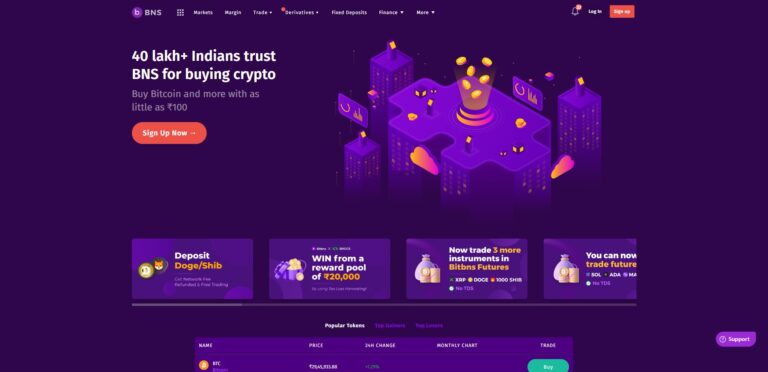Virtual Network Computing (VNC) vs. SSH: Understanding the Differences
In the world of remote access and control, Virtual Network Computing (VNC) and Secure Shell (SSH) are two popular and powerful tools that allow users to connect to and manage remote systems. While both VNC and SSH serve similar purposes, they have distinct differences in terms of their functionality, security, and use cases. In this article, we will explore what VNC and SSH are, and we’ll delve into the key differences between them.
What is Virtual Network Computing (VNC)?
Virtual Network Computing, commonly known as VNC, is a graphical desktop sharing system that enables users to remotely access and control the graphical user interface (GUI) of a remote computer. VNC operates on a client-server model, where the server is running on the remote machine, and the client connects to it from a different location. VNC is platform-independent and supports various operating systems, including Windows, macOS, and Linux.
Key Features of VNC:
- GUI Access: VNC provides users with access to a remote computer’s entire desktop, allowing them to interact with it as if they were physically present.
- Cross-Platform: VNC clients and servers are available for a wide range of operating systems, making it versatile for users with diverse system preferences.
- Real-time Interaction: Users can see the remote desktop in real-time, which is particularly useful for tasks that require visual feedback, like graphic design or software debugging.
- Multiple User Support: VNC allows multiple users to connect simultaneously to a single remote machine, facilitating collaboration and remote support.
What is Secure Shell (SSH)?
Secure Shell, or SSH, is a network protocol and cryptographic method used for secure remote access to a computer or server over an unsecured network. Unlike VNC, SSH is primarily a command-line tool, and it does not provide direct access to the GUI of a remote system. Instead, SSH establishes a secure command-line interface, which is especially useful for managing servers and performing administrative tasks.
Key Features of SSH:
- Secure Authentication: SSH uses strong encryption and authentication methods to establish secure connections, making it suitable for confidential and critical tasks.
- Command-Line Access: SSH provides access to a remote system’s terminal, allowing users to execute commands and perform administrative tasks.
- Port Forwarding: SSH supports port forwarding, which enables users to create secure tunnels for accessing various services or applications running on the remote server.
- Platform Independence: SSH is widely available and supported on various platforms, ensuring compatibility and versatility.
Key Differences between VNC and SSH
- Graphical vs. Command-Line Access:
- VNC offers full graphical access to the remote desktop, providing a visual representation of the remote system.
- SSH primarily offers a command-line interface for text-based interaction, making it suitable for system administration and remote management tasks.
- Security:
- SSH is known for its robust security, utilizing encryption and secure authentication methods to protect data transmission.
- VNC may have security vulnerabilities, especially when not properly configured or when using unencrypted connections. Additional measures are often needed to secure VNC, such as using a VPN or tunneling it through SSH for added security.
- Use Cases:
- VNC is suitable for scenarios where remote users need to interact with a remote computer’s desktop, such as technical support, collaborative work, or accessing a remote computer with a GUI.
- SSH is ideal for managing servers and network devices, especially in situations where security and text-based administrative access are essential.
- Performance:
- VNC may exhibit some performance overhead due to the graphical nature of its interactions, which can be affected by factors like bandwidth and latency.
- SSH, being text-based, generally offers better performance for command execution and system administration tasks.
Conclusion
In summary, both VNC and SSH are valuable tools for remote access and control, but they serve distinct purposes and offer different features. The choice between VNC and SSH depends on your specific needs, such as graphical desktop access, security requirements, and the type of tasks you need to perform. Understanding the differences between these two technologies is crucial for making informed decisions when it comes to remote computing and system management.
Listings Related to the Article: Virtual Network Computing (VNC) vs. SSH: Understanding the Differences
Bitbns
Bitbns is a reputable cryptocurrency exchange platform that offers a secure and user-friendly environment for buying, selling, and trading a wide range of cryptocurrencies. With a focus on providing a seamless trading experience, Bitbns features a diverse selection of digital assets, including Bitcoin, Ethereum, and many altcoins, allowing users to diversify their crypto portfolios.
- Category
- Business » Investing » Cryptocurrencies
More Articles Like: Virtual Network Computing (VNC) vs. SSH: Understanding the Differences
A Guide to Setting Up a Dual-Monitor Workspace: Boosting Productivity and Efficiency
Curious about the advantages of a dual-monitor setup? Check out our previous article, ‘The Dual Monitor Dilemma: Do I Really Need Two Screens?‘ for insights on whether a second monitor is right for you. As the demand for increased productivity and efficient multitasking rises, the appeal of a dual-monitor setup becomes more evident. Setting up […]
Understanding Apache Cordova
Apache Cordova, formerly known as PhoneGap, is an open-source mobile development framework that enables developers to build mobile applications using web technologies such as HTML, CSS, and JavaScript. It allows for the creation of cross-platform mobile applications, meaning a single codebase can be used to deploy apps on multiple mobile platforms, including Android, iOS, and others. Apache Cordova […]
Demystifying UI and UX: Unveiling the Key Differences in Web and Mobile Design
In the ever-evolving landscape of web and mobile applications, two terms frequently tossed around are UI (User Interface) and UX (User Experience). While they are interconnected and work in tandem to create a seamless user journey, it’s crucial to understand that they represent distinct aspects of design. Let’s delve into the world of UI and […]





